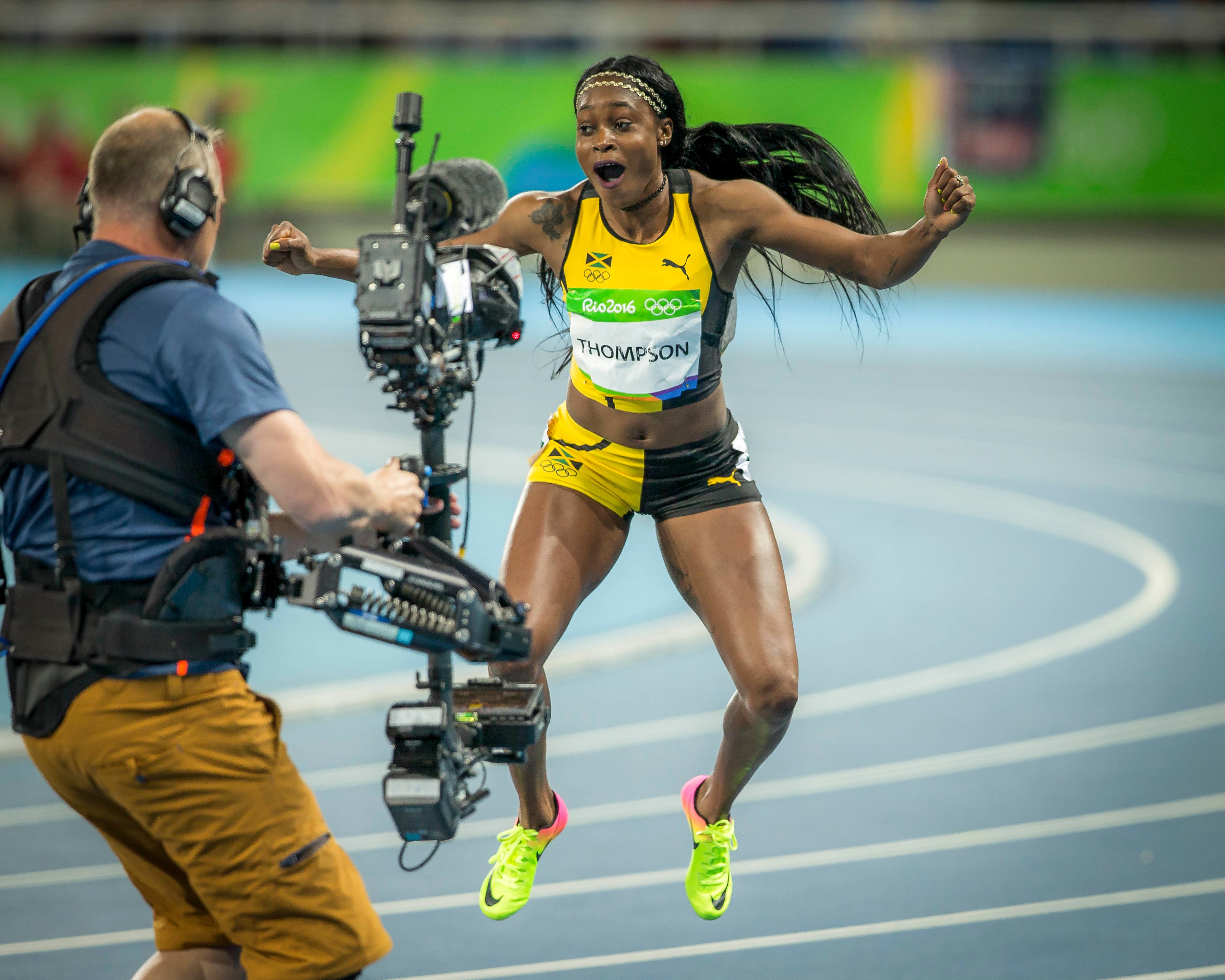Iron and the Female Athlete
Highly active females, especially athletes, have increased needs for certain micronutrients as the result of their unique physiology and the demands of physical activity they undergo on a regular basis.
Iron is one of these nutrients and female athletes, especially runners and those who restrict certain food groups ( such as vegans/vegetarians), could be at a heightened risk for compromised iron status.
In fact, the latest Dietitians of Canada position statement on sport’s nutrition suggests that the iron requirements for female athletes may be up to 70% higher than average. This means that female athletes have to be particularly mindful of their dietary patterns to ensure adequate iron intakes.
Iron plays a critical role in transporting oxygen in your blood and a prolonged insufficient iron intake ultimately compromises your muscle function, training capacity and athletic performance. If the issue becomes very severe, it could even lead to iron deficiency anemia, which can take several months and medical intervention to resolve.
The best way to ensure adequate iron intake and maintain an optimal level of performance and health is to start eating “iron smart” today.
2 Steps to Eating “Iron Smart”
Whether you are an athlete yourself, or the coach or parent of one, you should know the 2 steps to eating “iron smart”.
Step 1: Consume heme-iron rich foods regularly
Heme-iron is found primarily in animal muscle/blood and it is the type of iron that is best absorbed by our bodies. If you are not a vegetarian or a vegan, you should aim to consume at least one to two servings (75 ~ 150 grams) of heme-iron rich foods daily.
These include: Beef, lamb, chicken, fish and seafood (especially octopus and oyster).
Step 2: Consume non-heme iron rich foods with vitamin C rich foods regularly
Non-heme iron is a type of iron found or sometimes added to certain plant-based foods. This type of iron is not as well absorbed by our bodies as heme-iron and so it is important to consume these foods simultaneously with vitamin C rich foods, which helps aid in absorption. This is especially important for vegan and vegetarian athletes.
Non-heme iron rich foods include: Beans, peas, lentils, tofu, nuts, seeds, oatmeal and several breakfast cereal varieties.
And should be consumed with vitamin C rich foods: red/orange/yellow peppers, brussels sprouts, broccoli, guava, papaya, orange, kiwi, mango, strawberries, grapefruit.
Non-heme Snack ideas:
1. Oatmeal with a glass of orange juice.
2. Sunflower seeds with strawberries.
Meal ideas:
1. Rice bowl with lentils and broccoli
2. Tofu stir fry with noodles, brussel sprouts and red peppers.
Take Home Message
Adequate iron consumption is a very important nutritional consideration for the highly active female. Regularly consuming both heme and non-heme rich sources of iron ( with vitamin C rich foods) will help ensure that your health ad physical performance remain at the highest possible level. If you are not a regular consumer of the foods in the categories above, I recommend you consult with your doctor to have your iron status measured and potentially seek further dietary guidance from a dietitian to ensure optimal health and performance.
Andy De Santis RD MPH
In Part I of this series I looked at vitamin D + calcium, you can find that article here
A special thank you to The Dietitians of Canada, The American College of Sports Medicine and The Academy of Nutrition and Dietetics( and all the researchers cited in ) for their 2016 sports nutrition report from which some of today’s science was drawn.
For those looking for more information on the iron content of specific foods, please take a look at the following Dietitians of Canada Iron Resource



